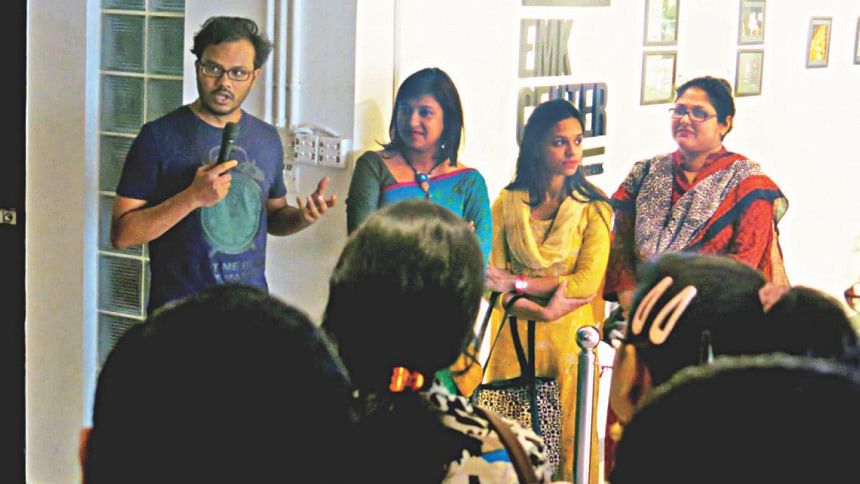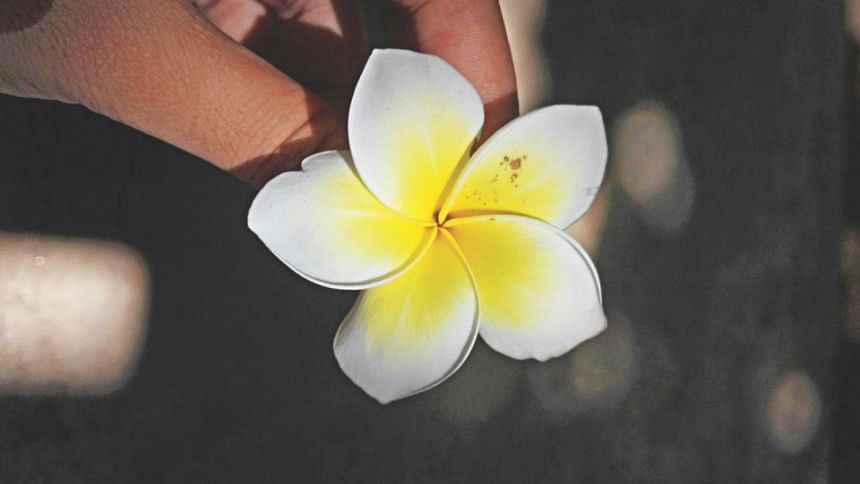Frames of Identity

The death of the soul through the mechanism becomes doubtful at the moment the mechanism becomes ensouled.' (Thomas Mann, Rede über das Theater)
The instance where one clicks the shutter of a camera to capture a fleeting experience, instantly turning it into a tangible representation, is a moment of performed self-encounter. It is that liminal moment when the real world is transformed into a two dimensional image. As art critic Geoffery Batchen (1994) succinctly states, 'Photographers intervene in every photograph they make, whether by orchestrating or directly interfering in the scene being imaged; by selecting, cropping, excluding, and in other ways, making pictorial choices as they take the photograph.' While scholars warn about the possibility of natural memory being overtaken by artificial narratives created by technology, it is also true that a photographed moment has the unique ability to draw one's attention away from the obvious to, otherwise, obscure instances of beauty through the 'mediated' eyes of the photographer.
It is this very knowledge of photographic 'mediation', both technological and creative, that was imparted to a group of students of the Departments of Public Administration and of Television and Film Studies, of the University of Dhaka, through a collaborative project of the EMK Center and Counter Foto. Ten female participants trained through a two-day workshop facilitated by professional photographers, journalist and writers.
In search for a language to tell their stories and unveil their simple and complex everyday life they, then, took cameras in their hands and captured the world around them. The camera became their tool that enabled moments of 'self-encounter' that allowed constructive identity-creation. Out of a hundred photographs submitted by the girls, Counter Foto curated an exhibition called 'The World as I see', where 20 images were displayed from May 20 to 31, 2017, at the EMK Center.
The EMK Center has for quite sometime been working towards the empowerment of young girls through the creative arts. This project showcased EMK's continuing interest in enhancing skills that allow self-assertion through creative expressions. The girls had been requested to submit proposals to register in the workshop, detailing their fields of interest and extra-curricular activities based on which their institutes selected and recommended them for the workshop. Counter Foto, which is an institute that offers a yearlong Post Graduate Diploma in Photography, focused on the techniques of 'Documentary Photography', with a 'story-telling' approach, to familiarize the girls with the art of capturing digital images.
The twenty odd images in the exhibit range from the mundane to the surreal captured with state-of-the-art DSLR cameras either loaned from friends, Counter Foto and the Departments; or with readily available and handy smart-phones. Not surprisingly, more than the equipment, it was the very personal perspective of each young photographer that got reflected in all of the images.

Nazmoon Salayheen Trisa's stark and simple image of a rain-swept windowpane is a picture that suddenly caught her eye while all alone in her hostel room. In sharp contrast is the striking photograph of two, obviously bearded young men, resting below the painted image of the late political activist and musician Sanjeeb Chowdhury of Dolchut fame, somewhere at TSC. It was the curious contrast that drew Trisa's attention. Nusrat Jahan Nishita's photograph of the cluttered hostel corridor is for her, the symbol of her loneliness away from her tidy home. Samiha Akter Sima's guileless image of the 'kathgolap' speaks of her joy in simple pleasures. All, undoubtedly, tell a story about the storyteller herself. The rest of the images, too, had such compelling stories to tell.
Creative projects such as 'The World as I see' are surely to be embraced for giving young girls the opportunity for transformative self-performance and identity creation.

 For all latest news, follow The Daily Star's Google News channel.
For all latest news, follow The Daily Star's Google News channel. 



Comments